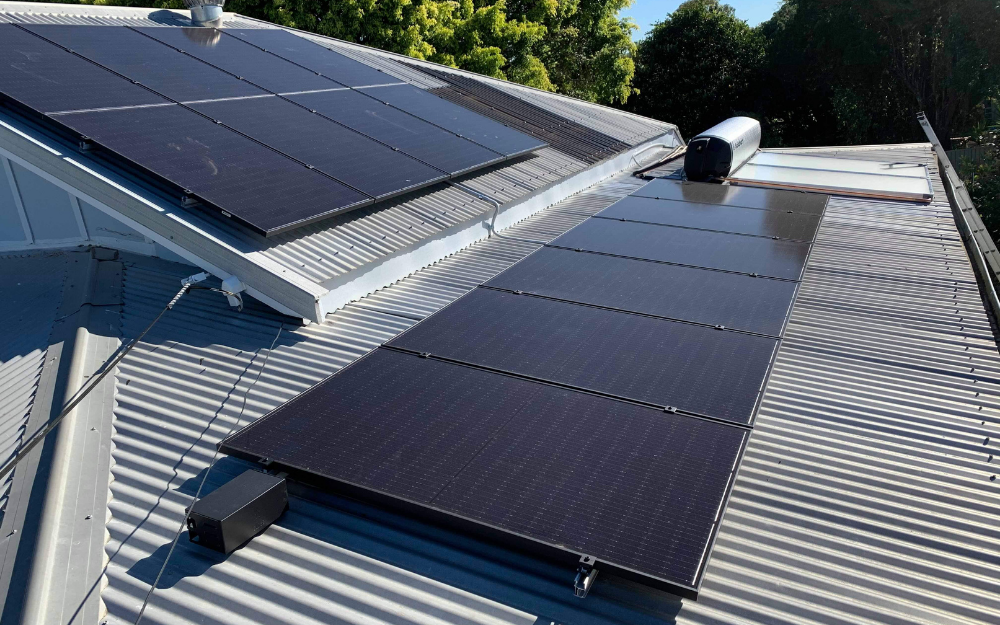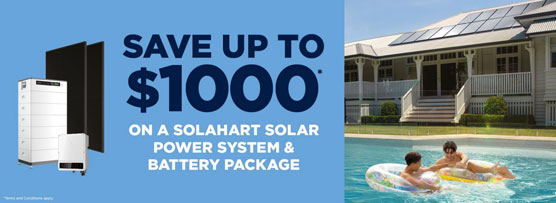How Long Do Solar Panels Last?
When you invest in solar panels for your property, you’re in it for the long term. No one is looking for a brief, one-night stand with solar power they can later brag about with friends as being “charged with energy”, (pun intended), but never to be met with again. Solar power is a great solution that you definitely want it to stick around!
The solar panel lifespan of your solar system will depend on various factors. These include the local weather in your area, the quality of the panels you install, and how well they are maintained over time, to name a few. The good news is that, overall, solar power continues to be a worthwhile investment in Australia for both the environment and your pocket. That we know for sure.
What Happens to a Solar System Over Time
Yes, Earth’s solar system is ever-expanding into the future, but how about those panels planned for your roof? Solar panels definitely have a finite lifespan. On average, a quality polycrystalline or monocrystalline solar panel will continue generating consistent electricity for about 25 to 30 years.
When solar panels stop performing at their peak, it’s usually due to degradation. This is because, over time, they can develop tiny fractures known as microcracks in their silicon cells. These are caused by the regular wear and tear sustained from the natural environment and will affect your solar panel lifespan.
Once microcracks set in and begin multiplying, the electrical connections in your solar panels can degrade. This means your panels will lose the ability to generate electricity to their utmost and energy performance will begin to decline.
But fear not. A quality solar panel system should last for at least 20 years or even longer before beginning to show any signs of wear and tear. Recent National Renewable Energy Laboratory (NREL) data revealed that today’s solar panels have a degradation rate of about 0.5% per year. This means that after two decades of continuous use, your solar system should still be producing about 90% of the energy it did on the first day it was installed. Not bad!
Things That Wear Solar Panels Down
One way you can help increase your solar panel lifespan is to maintain them. Remove things like leaves and branches that might fall on them, and be sure to keep your panels clean. Gently wash the panels with deionized water and use a squeegee to dry them, as you would with windows. If this seems a little too difficult and you don’t fancy a trip to your rooftop, Solahart provides a service to clean and maintain your solar panels.
It’s true that other elements you can’t control will affect your panels. These include:
- Wind
- Temperature changes
- Humidity
- UV damage
The weather can cause the materials in your solar panels to expand and contract with changes in temperature. This can put pressure and strain on your system. In addition, the wind can cause your panels to flex over time, and humidity can contribute to corrosion.
Many quality solar system companies like Solarhart, found in Brisbane, protect their panels with a UV blocker and produce higher-quality products. Cheaper, lower-priced solar panels and systems don’t always have this protective treatment, and as a result, you can see them discolor and break down over time.
How can you guarantee you get a system that lasts? As always, you get what you pay for. Cheaply-made solar panels use substandard construction materials. You might save money on the day of purchase by purchasing them, but in the long run, investing in a higher-quality system will provide you with reliable service for a longer period of time.
Warranties
Whether you’re looking for hot water or general electricity solutions, going with a quality solar company that has a solid track record and experience goes a long way.
Look for a solar company that includes installation and offers a warranty on its products. Many options come up when searching for things like “solar Redlands” or “solar panels Redlands” and you want to get the best.
You deserve to have hassle-free, reliable solar power for decades to come. It really is possible and both you, and the environment, will benefit.
Contact us today for a free in-home assessment of your solar needs.


